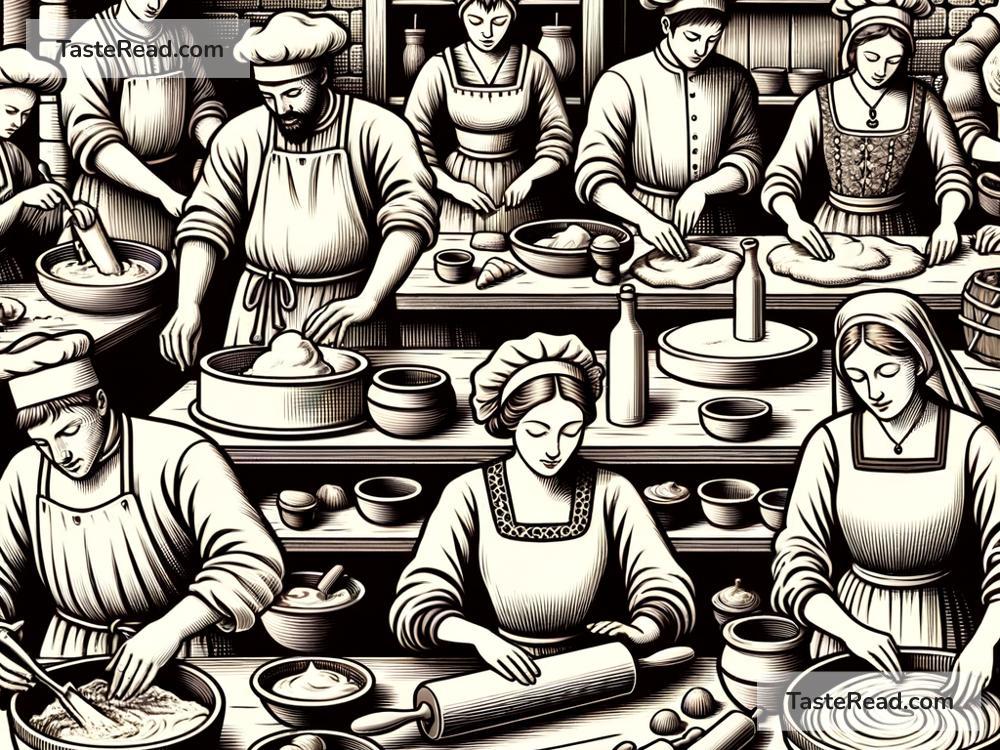The Origins of the First Cream Puff: Sweet Tales from Ancient Times
When you bite into a cream puff, the soft shell and rich, creamy filling make it feel like a bite of heaven. But did you know this dessert has a long and fascinating history? Cream puffs may seem like a fancy treat from a modern bakery, but their roots run deep—so deep that we can trace their beginnings to ancient stories and culinary traditions. This blog will explore the origins of the first cream puff and how it evolved into the dessert we love today.
What Is a Cream Puff?
Before we dive into history, let’s briefly talk about what a cream puff is. A cream puff is a small, round pastry made from choux dough (a French dough) that rises into a light and airy shell. It’s filled with sweet whipped cream or custard and often topped with powdered sugar or chocolate. Cream puffs are simple but elegant, making them a favorite treat around the world.
The Humble Beginnings of Puff Pastry
The story of the cream puff starts with puff pastry, the base of the dessert. East of ancient Europe, simple unleavened doughs were being baked into flatbreads long before bakers understood leavening processes or complex baking techniques. Historians believe puff pastry originated in ancient Egypt, Greece, or Rome. Ancient bakers discovered that layering fat like butter between sheets of dough created an airy, flaky texture when baked.
By the 16th century in Europe, especially in France, puff pastry underwent an evolution. French chefs perfected the art of laminated dough, which became the cornerstone of many pastries, including the light choux dough used for cream puffs.
Early Legends of Cream-Filled Pastries
Though cream-filled desserts were not explicitly known in ancient times, tales mention the use of sweetened cream and pastries. Some historians point to ancient Roman feasts, where cooks would stuff bread-like dough with honey and soft milk-based fillings. These precursors may have inspired later European chefs.
One particularly popular legend comes from Renaissance Italy. During the reign of Catherine de Medici, an Italian noblewoman who married King Henry II of France in the 16th century, Italian chefs brought their culinary expertise to France. Among a host of recipes, they introduced a light pastry dough called “pâte à choux.” It was flexible, airy, and perfect for stuffing with delicious fillings. Catherine de Medici’s chefs might have created an early version of the cream puff as part of her splendid royal feasts.
France: The Birthplace of Modern Cream Puffs
France holds the key to the modern version of cream puffs. In the 17th century, French pastry chef Antonin Carême—known as the “King of Chefs and Chef of Kings”—made great strides in advancing pastry techniques. Carême mastered pâte à choux, turning it into the base of well-loved desserts like profiteroles and éclairs.
Profiteroles, often considered “cream puffs” today, were made by baking choux dough into small balls, slicing them open, and stuffing them with whipped cream or ice cream. The dessert was a hit in French courts. By the 19th century, cream puffs were a staple dessert not only for royals but for everyday people as well.
The Spread of Cream Puffs Around the World
As French cuisine grew in influence, so did cream puffs. In England, they were often served at tea parties. In the United States, immigrants brought recipes, and cream puffs eventually became a popular dessert at state fairs and bakeries.
In Japan, cream puffs evolved into “shū cream,” a dessert filled with custard or whipped cream. The name comes from the French “choux,” highlighting the global diffusion of cream puff culture.
Meanwhile, in Italy and Spain, similar desserts made with choux dough became part of local traditions. Whether filled with custard, ricotta cheese, or sweet creams, these pastries showcased the versatility of cream puffs.
A Sweet Treat for Everyone
What makes cream puffs so universally loved is their adaptability. Over time, chefs have played with different flavors and fillings, using chocolate, fruit jams, and even savory ingredients like cheese and herbs. Modern bakeries create cream puffs in all shapes, sizes, and flavors, ensuring there’s a version for every palate.
Whether served at a wedding, shared during festive holidays, or enjoyed as a simple snack, the cream puff remains a timeless dessert. It carries with it centuries of history and the creativity of ancient bakers who mastered the art of choux pastry.
Final Thoughts
It’s fascinating to think that when we enjoy a little cream puff, we’re indulging in a dessert with deep culinary roots. From ancient bread-stuffing experiments to sophisticated Renaissance pastries, the cream puff has been shaped by countless cultures.
Next time you bite into one, pause for a moment and imagine kings, queens, and humble bakers throughout history all enjoying something quite similar. The cream puff is more than just a dessert—it’s a sweet connection to the past. So, if you haven’t tried a cream puff yet, make sure it’s on your list of treats to enjoy. After all, you’ll be savoring centuries of tradition wrapped into a delicious little bite!


